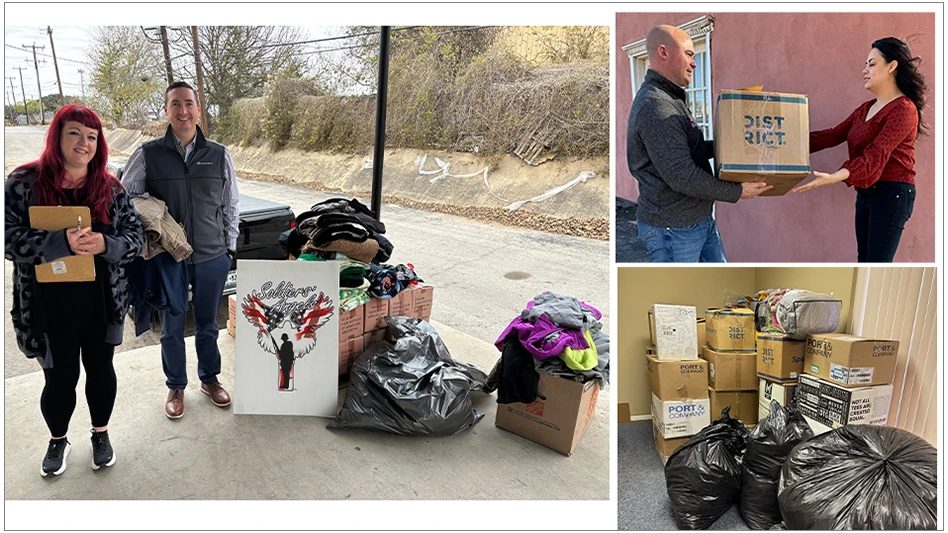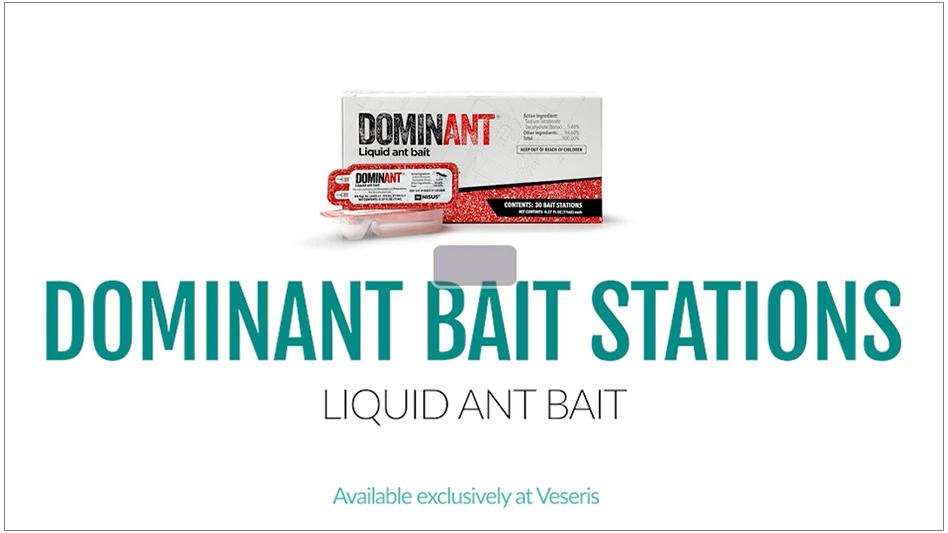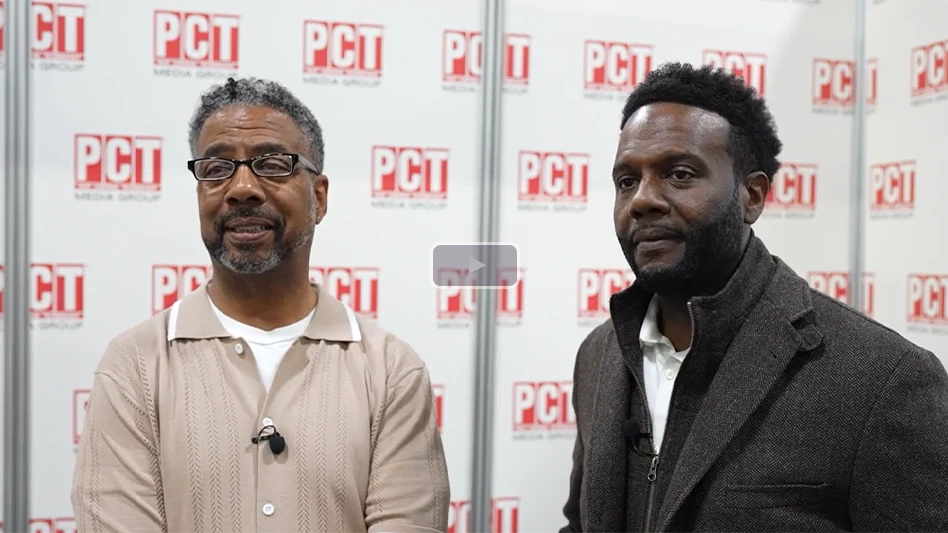During my short tenure as a pest management consultant, the majority of my work was litigation involving WDI reports and treatment for wood destroying organisms. I realized that there are elements — prostitutes — in our industry who bring down all of us by damaging our public credibility and image.
Part II of this article focuses on how they do it by performing substandard termite pretreatments, fearing that if they do a label treatment and have to charge for it they will lose the building contractor’s business. Perhaps some feel that they can cut the rate of application to practically nothing and get away with it for five years, and in many parts of the country they can.
In December 1999, I received a pest management company’s proposal for preconstruction termite treatments for a local builder. It indicated that the pest management company would perform preconstruction soil treatment using Durs-ban TC at a rate of 0.05% (which, according to the proposal, meets or exceeds manufacturer’s specifications). Note: The 1997 Dursban TC label indicates the minimum concentration for preconstruction termite treatments is 0.75%, which requires 1.5 gallons of concentrate per 100 gallons of finished spray.
According to the specification, "the product would be applied at a finished rate of four gallons per 10 linear feet of depth." The proposal also provided a five-year warranty on approved HUD forms. The not-so-amazing part of the proposal was the cost of the pretreats: homes — $140; townhomes and duplexes — $70; and condominiums — $25.
Basically, companies of this ilk are prostituting themselves to builders who think the pest management industry is still using chlordane at $16 per gallon and paying $2 per hour for labor. It’s no wonder the Federal Trade Commission and several state attorneys general have investigated this aspect of our industry.
While I haven’t heard all of the rationalizations for performing cut-rate termite pretreatments, I probably have heard most. The most notable is, "We’re doing it as a lead for future services." I find this hard to believe because if the job were done according to the label (which is the law) it would be more expensive than full-page ads in the Yellow Pages. The examples at the box on the right make my case.
OTHER EXPENSES. Besides the cost of materials, there are other expenses, e.g., salaries, vehicles, equipment and liability insurance, associated with pretreats:
• Travel and set-up time (two hours): Two to three trips to the jobsite will be required because footings, slabs, and final grade are not completed at the same time.
• Refilling time (two hours): Most tanks are no more than 200 gallons, therefore throughout the course of the job it will have to be refilled two to three times.
• Application time (two hours): At flow rates of four gallons per minute, which is high for most pumps, these treatments would require two hours.
• Trenching (one hour).
• Paperwork (one hour).
Total: 8 hours
For the sake of discussion it can be safely assumed that even the smallest company cannot operate at less than $50 per hour. Thus, the costs detailed above would add an additional $400 to the cost of materials.
Total cost for preconstruction termiticide applications:
• House #1: $701
• House #2: $827
POINTS TO REMEMBER. Keep in mind that:
• All termiticide labels have minimum rates for preconstruction applications.
• Builder guarantees for termite pretreats were changed from five years to one year.
• Typically, termiticides are registered at their lowest-effective concentrations.
• The label is still the law.
Cut-rate practices not only deprive home-owners of termite protection but have driven reputable termite companies out of the pretreat business. The good news is that these companies are few and far between but the bad news is that they hurt the respectable companies in our industry and the pest management professionals who work for them. Our best defense against these charlatans is to conduct ourselves as professionals.
The author is technical director of American Pest Management, Takoma Park, Md. He can be reached at 301/891-2600 or rkramer@pctonline.com

Explore the February 2001 Issue
Check out more from this issue and find your next story to read.
Latest from Pest Control Technology
- Envu Announces Lichtenstein as Chairman of Board of Directors
- Spider Expertise, Cockroach Species, AI Tools for Disease Transmission Hot Topics at Purdue Conference
- Rose Pest Solution Promotes Kandler to District Manager of Columbus (OH) Office
- Webinar: Maximizing Cash Flow — Key Strategies for Business Growth
- WorkWave Announces Wavelytics
- Rising Rat Populations Linked to Warming Temperatures, Urban Growth, Study Finds
- How Might the 2024 Elections Impact PCOs
- Keeping Track of Termite Identification





